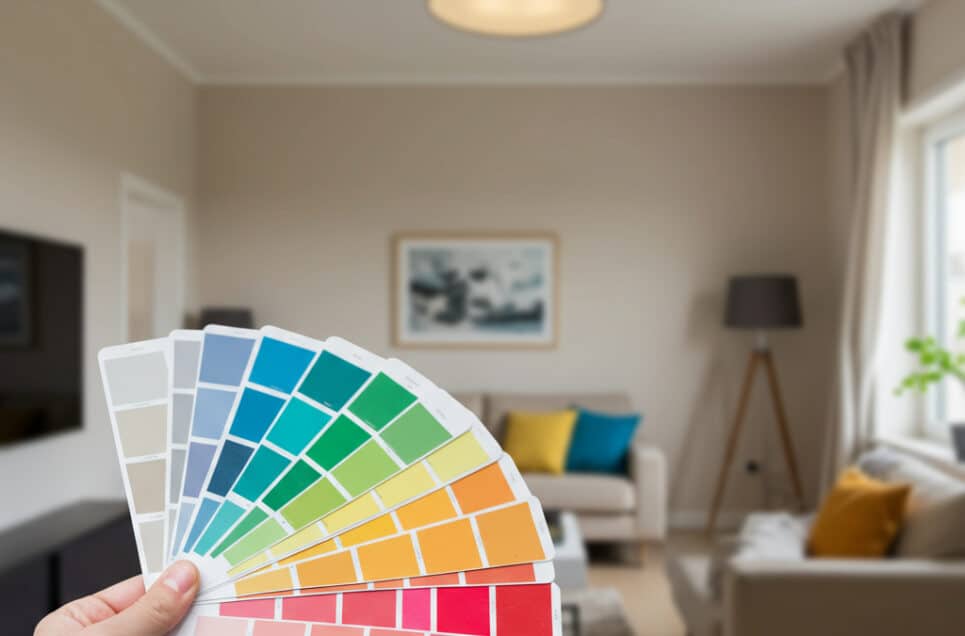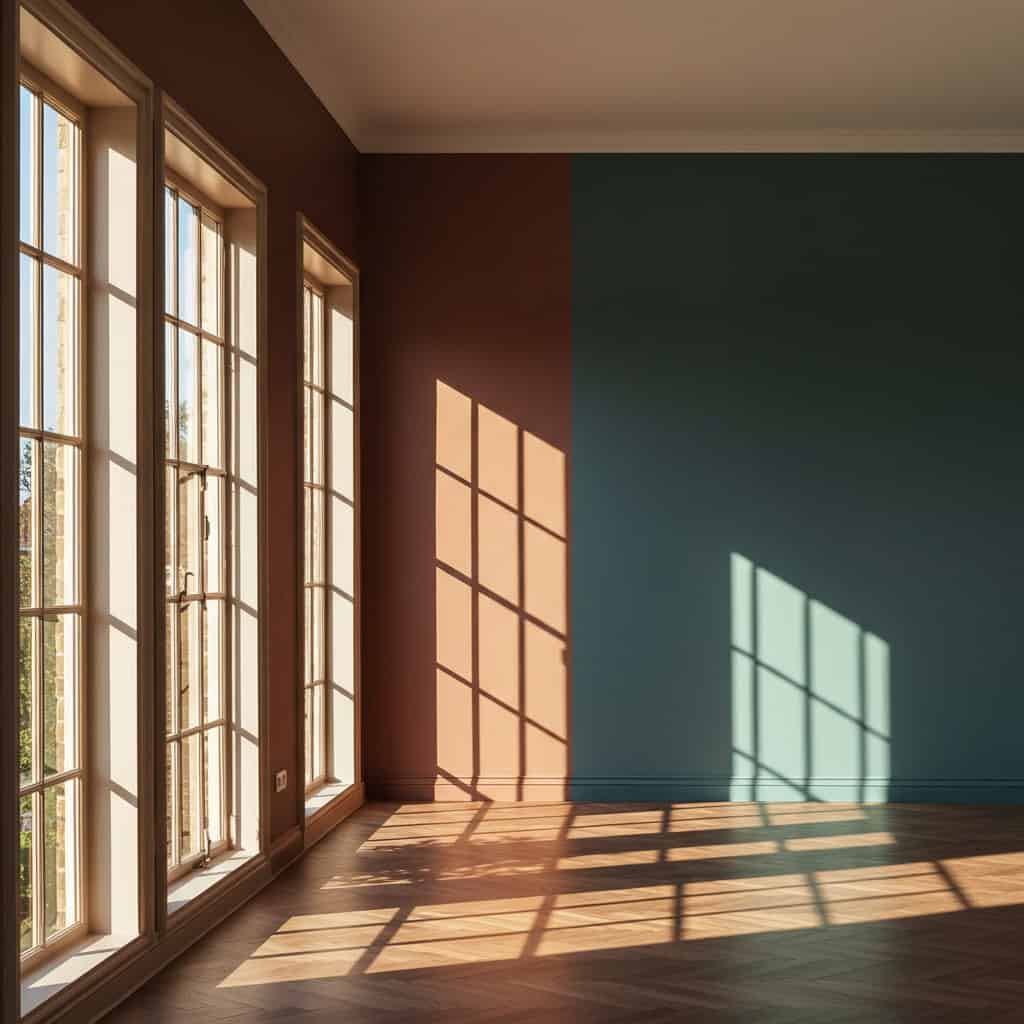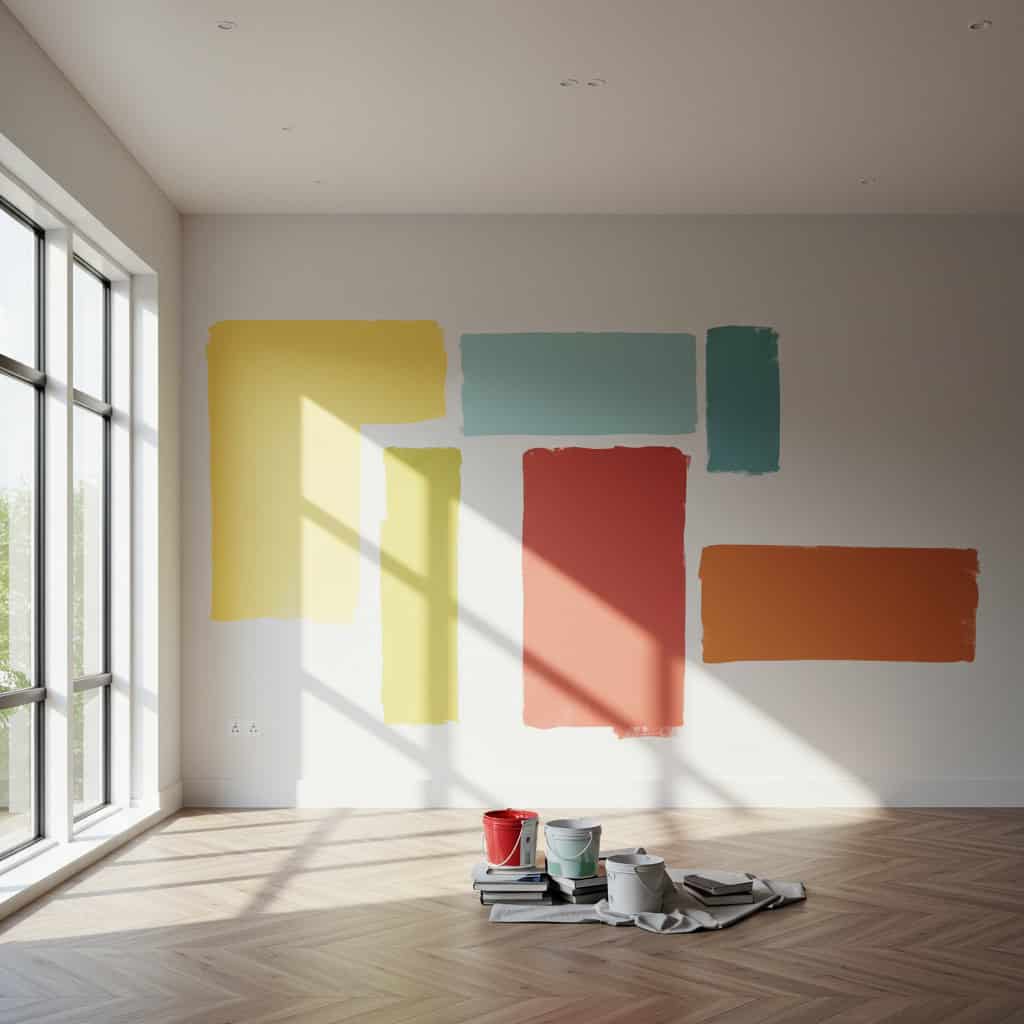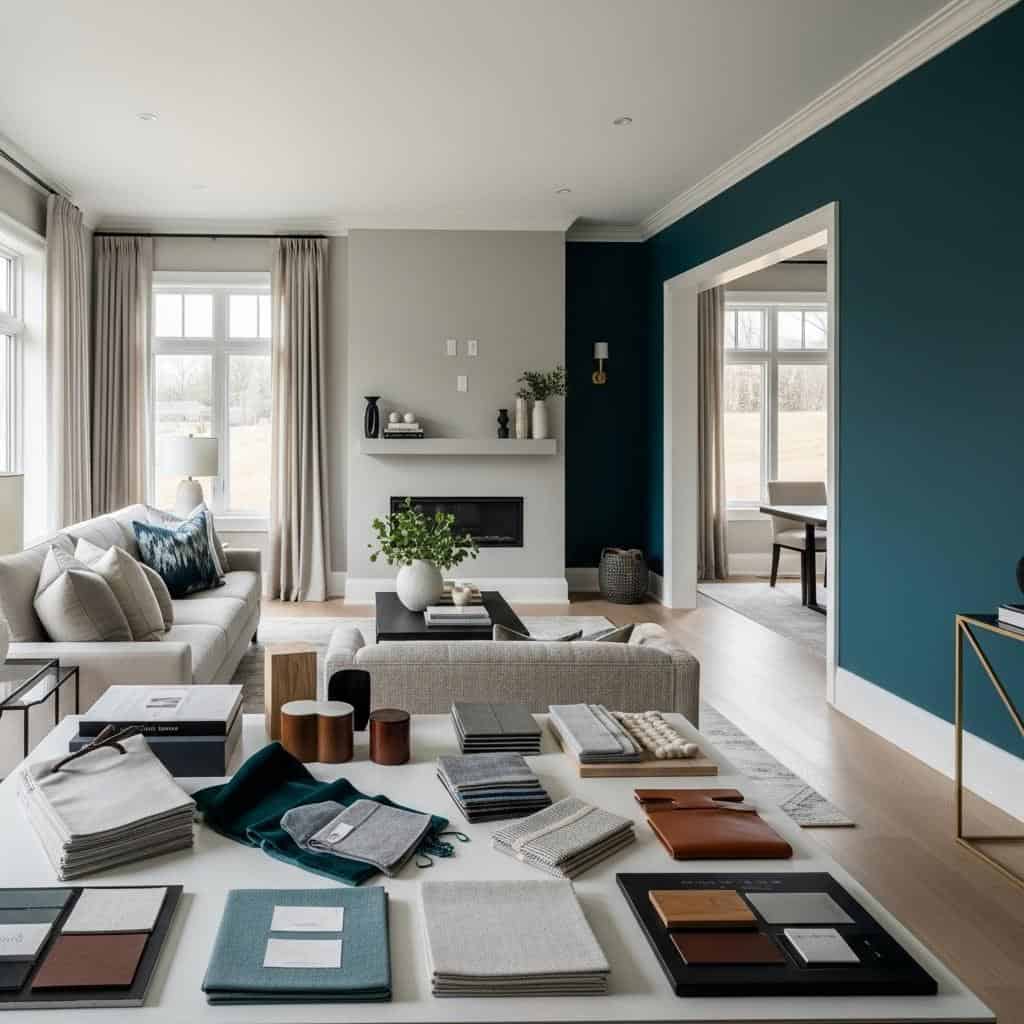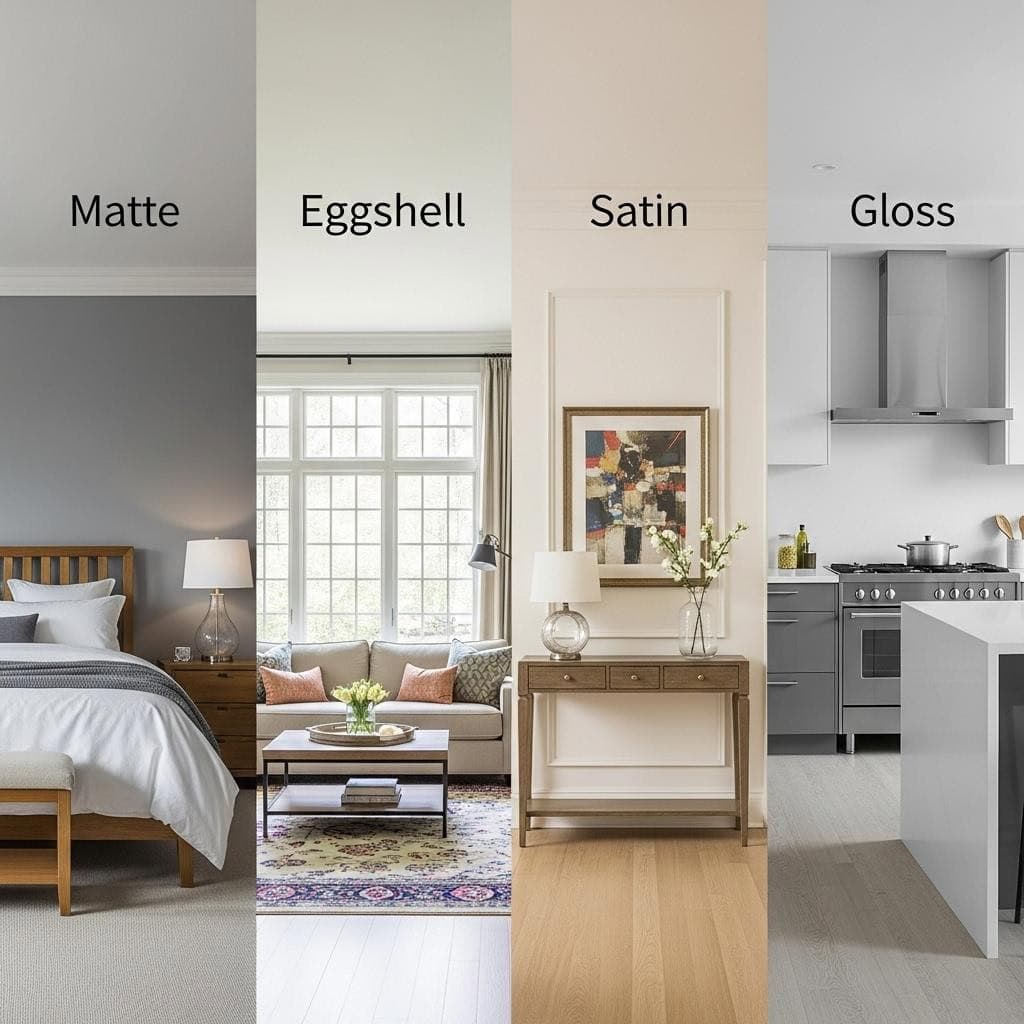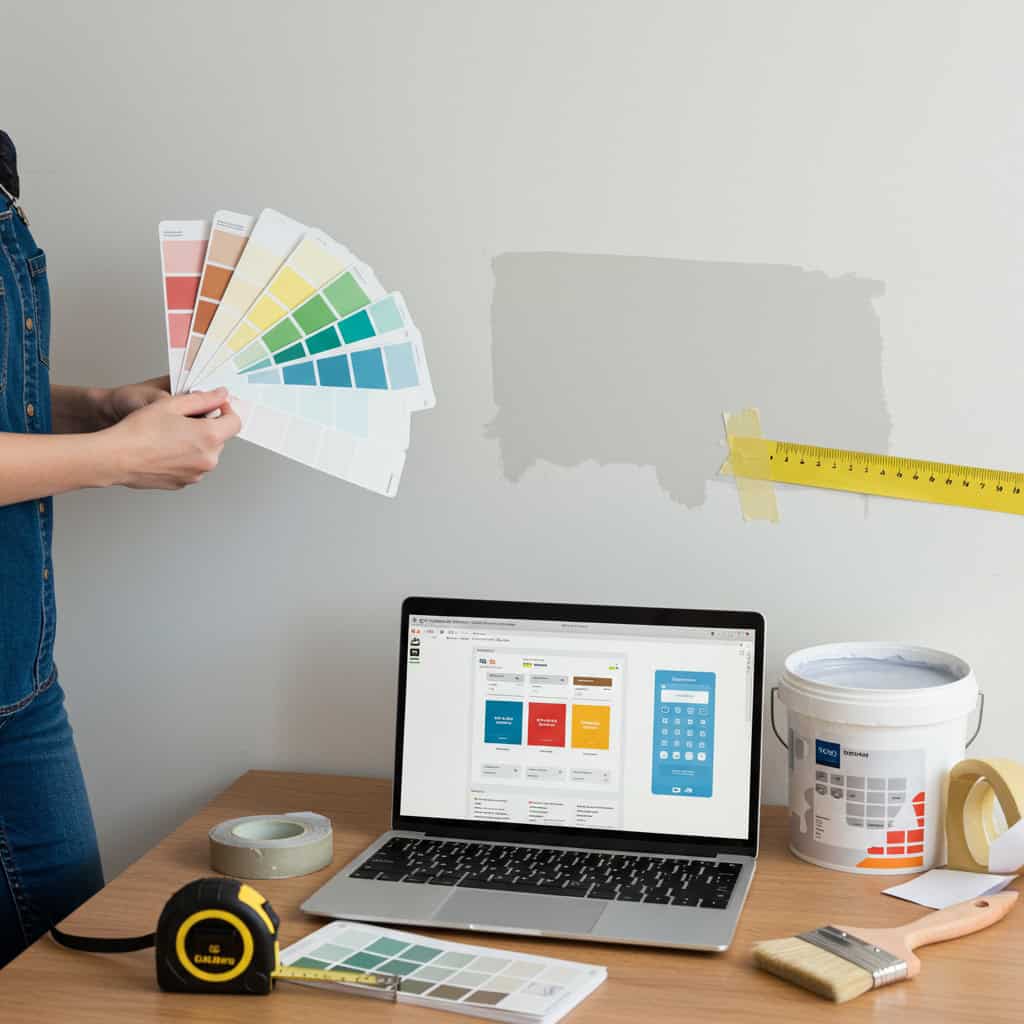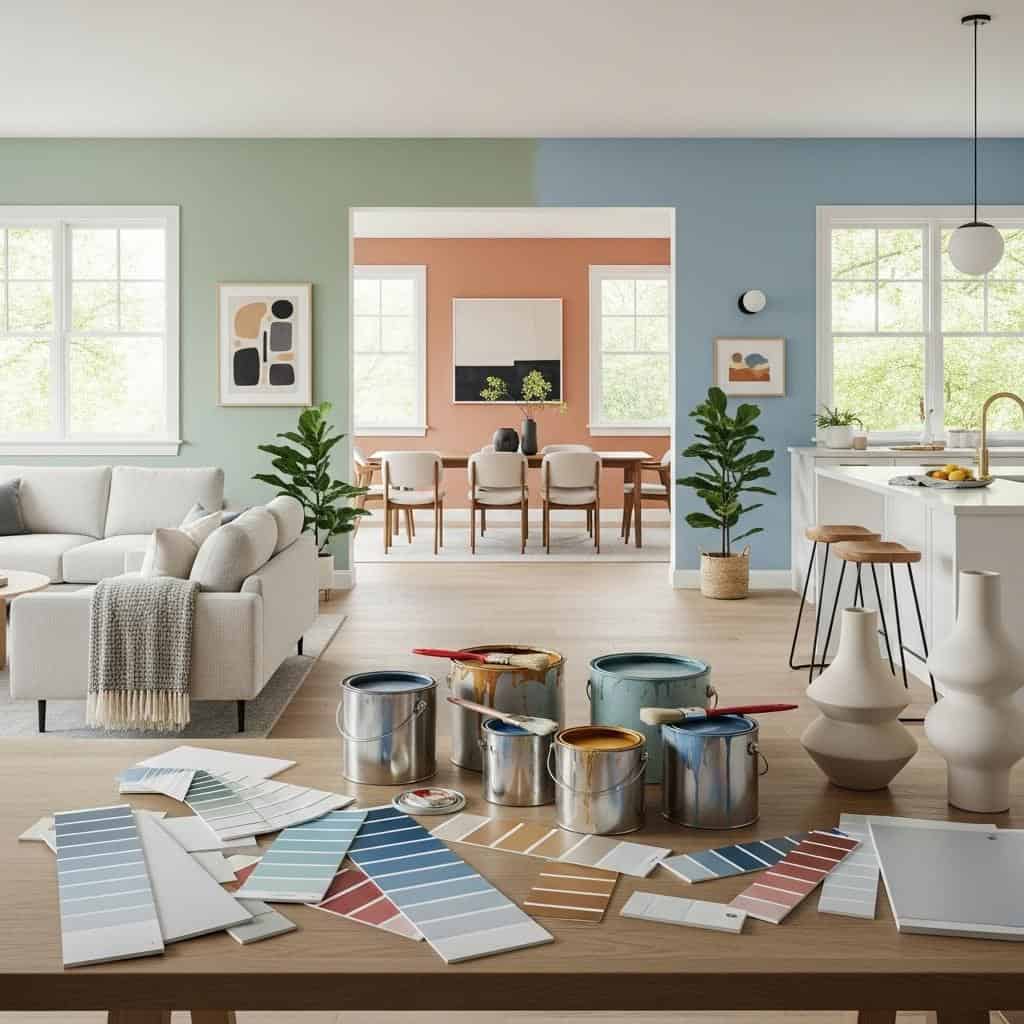Few changes are as instantly transformative as a fresh coat of paint. The colors you choose can set the mood, reflect your personality, and even boost your home’s value. However, with an overwhelming array of options, selecting the perfect palette often feels daunting. Understanding how color affects mood and space is essential for making informed decisions that you’ll love for years to come. In this guide, you’ll discover expert advice and practical tips that will help you confidently select paint colors, ensuring every room feels harmonious and inviting.

